MSC Nastran 2025.1. This latest version of MSC Nastran brings revolutionary capabilities for topology optimization workflows with SOL 200, high-performance computing improvements, enhanced non-linear capabilities in SOL 400 NLPERF, new rotordynamics capabilities, and many other features. Key highlights of MSC Nastran 2025.1 include: New capabilities Adams .mnf file support for weakly coupled acoustics enables direct acoustic pressure recovery in Adams for large models and light fluids. RMS Von-Mises stress result outputs are now available in SOL 111 and SOL 200 Random Response analyses. MSC Nastran Modules now support PLOTEL and PLOTSURF elements for clear visualization of intermodular connections and surfaces. Gravity loads are now automatically embedded in external superelement and module files, enabling easy activation in assemblies with a simple...

Adams helps engineers to study the dynamics of moving parts, and how loads and forces are distributed throughout mechanical systems. MSC Adams 2025.1 Tested Picture The Adams 2025.1 release includes the following key features: Adams recover acoustic pressures from ‘un-coupled’ fluid-structure modes from Nastran Extract acoustic pressure at key points in the fluid volume from structure borne noise (via flex bodies) Leaf spring Editor Enhancements(Composite leaf spring) Model detailed leaf springs with variable width, Orthotropic (composite) materials and other improvements Enhanced Bearing Visualization Imported Romax bearings now include visual dimension and rotation indicators. Custom Default Variant Names Set descriptive names for default variants in assembly/subsystem models Consistent ADM Output Control element order in ADM files for easier comparisons and version...

Simufact Additive is a powerful and scalable software solution for the simulation of metal-based additive manufacturing processes. Discover how to use Simufact Additives to optimize your metal 3D printing / rapid prototyping. Available versions: 2025.x , 2024.x , 2023.x , 2022.x ,… MSC Simulating Additive 2025.1 Tested Picture Achieve your business goals with Simufact Additive Replace time-consuming tests with simulation! Apply process simulation with Simufact Additive to save time and money: Shorten your learning process clearly Try out more variants before starting production Shorten time to market Increase machine and manpower availability and productivity Reduce material and energy costs

The Olga dynamic multiphase flow simulator models transient flow (time-dependent behaviors) to maximize production potential. Transient modeling is an essential component for feasibility studies and field development design. Dynamic simulation is essential in deep water and is used extensively in both offshore and onshore developments, to investigate transient behavior in pipelines and wellbores. Transient simulation with the Olga simulator provides an added dimension to steady-state analysis by predicting system dynamics, such as time-varying changes in flow rates, fluid compositions, temperature, solids deposition, and operational changes. Available versions: 2025.1.2 , 2024.2 , 2024.1 , 2023.1 Schlumberger OLGA 2025.1.2 Tested Picture As part of our ongoing commitment to excellence, we continuously strive to enhance our product. This latest version brings multiple improvements,...

AVEVA Point Cloud Manager uses 3D point cloud data—captured via LiDAR or photogrammetry or other methods—to create an accessible, detailed, secure digital twin. Perfect for brownfield, greenfield and maintenance projects, it ensures alignment between physical and digital assets to enhance decision-making, reduce rework, and improve operational safety. Available versions: 25.x , 24.x , 5.x ,… AVEVA Point Cloud Manager 5.7.0 Tested Picture AVEVA Point Cloud Manager Features Support the digital twin Secure and trusted reality capture data can be shared between engineering and operations teams in the web browser or supported 3D design applications, ensuring everybody works from a single source of truth. Intelligent point cloud with AI AVEVA Point Cloud Manager, when deployed through CONNECT, includes intelligent AI tools...

GEOVIA MineSched makes developing a tactical mine plan — a plan that turns the decisions defined in a long-term strategic mine plan into a schedule to guide day-to-day operations — breathtakingly easy by providing intuitive, rapid setup, and guided workflows that enable the creation of target-based, long- and short-term schedules from pre-created block and polygon models. Available versions: 2025.x ,2024.x ,… Geovia Minesched 2025 Tested Picture GEOVIA Tactical Mine Planner Produce practical and executable tactical mine plans from a long term strategic plan, for the optimal development and exploitation of the ore body. For open pit mines, accepts and schedules any number of pits For underground mines, supports scheduling of development advance as well as stope production Heuristic algorithms for...

Analytic Solver Comprehensive is by far the most powerful and complete tool for predictive and prescriptive analytics in Excel. It includes all the capabilities of Analytic Solver Simulation for risk analysis and Monte Carlo simulation, all the capabilities Analytic Solver Optimization for mathematical programming, and all the capabilities Analytic Solver Data Mining for forecasting, data and text mining. It includes new capabilities for finding robust optimal decisions automatically, using stochastic programming and robust optimization methods — not available anywhere else. With an easy-to-use interface that uses Excel’s Ribbon and Task Pane, its Distribution Wizard for simulation and Constraint Wizard for optimization, and Guided Mode and Auto-Help Mode to help with modeling and choices of methods and options, it’s by far...

LightTools enables you to quickly create illumination designs that work right the first try, reducing prototype iterations. Increase your productivity and decrease your time to market using LightTools’ intelligent, easy-to-use tools. Available versions: 2025.x , 2024.x ,… Synopsys LightTools 2024.09 Tested Picture What’s New in LightTools Version 2025.03 Phosphor & Quantum Dot Modeling When specifying properties for a phosphor material, you can now specify the distribution for converted rays, and as well as two additional distribution types for unconverted rays. These features enhance the modeling of quantum dots in LightTools, which is beneficial for fine spectral tuning in LEDs, fluorescent lamps, cathode ray tubes, and plasma displays. Imaging Analysis with Modulation Transfer Function For forward simulations, you can specify a...

CODE V empowers engineers to tackle any optical design task with intuitive, intelligent tools, delivering better solutions, faster.CODE V’s advanced analysis, optimization and tolerancing features help users create superior optical designs that are manufacturable and economical to produce. Available versions: 2025.x , 2024.x ,… Synopsys CODE V 2024.03 Tested Picture What’s New in CODE V Version 2025.03 Upgrade Your Imaging Optics Designs Multi-Environment Coupling Enhancements CODE V’s enhanced Multi-Environment Coupling feature allows users to model lens designs based on any mounting technique, including spacer-based,seat-based, edge-mounted, and combinations of these. This advancement simplifies the athermalization of rotationally symmetric and folded lens systems. Users can create athermalized or multi-environment designs in the initial lens set up, a vast improvement from designing lenses...

Altair Feko is the leading tool for antenna design, placement and coupling, virtual test drives and flights, radio frequency interference, radar and radio coverage and planning, and spectrum management. Feko uniquely combines installed antenna performance with wireless coverage analysis, and its hybridized and parallelized solvers handle complex and electrically large analysis problems. Available versions: 2025.x , 2024.x , 2023.x , 2022.x , 2021.x , 2020.x Altair FEKO 2025.0 Linux64 Tested Picture Additionally, Feko offers specialized wave propagation technologies and models through its Altair® WinProp™ and Altair® WRAP™ capabilities. WinProp is especially useful for detailed, urban, and indoor radio-coverage planning, network roll-out, and comparative design deployment needed for heterogeneous outdoor-indoor scenarios. WRAP supports network coverage, planning, colocation, and interference analysis and...

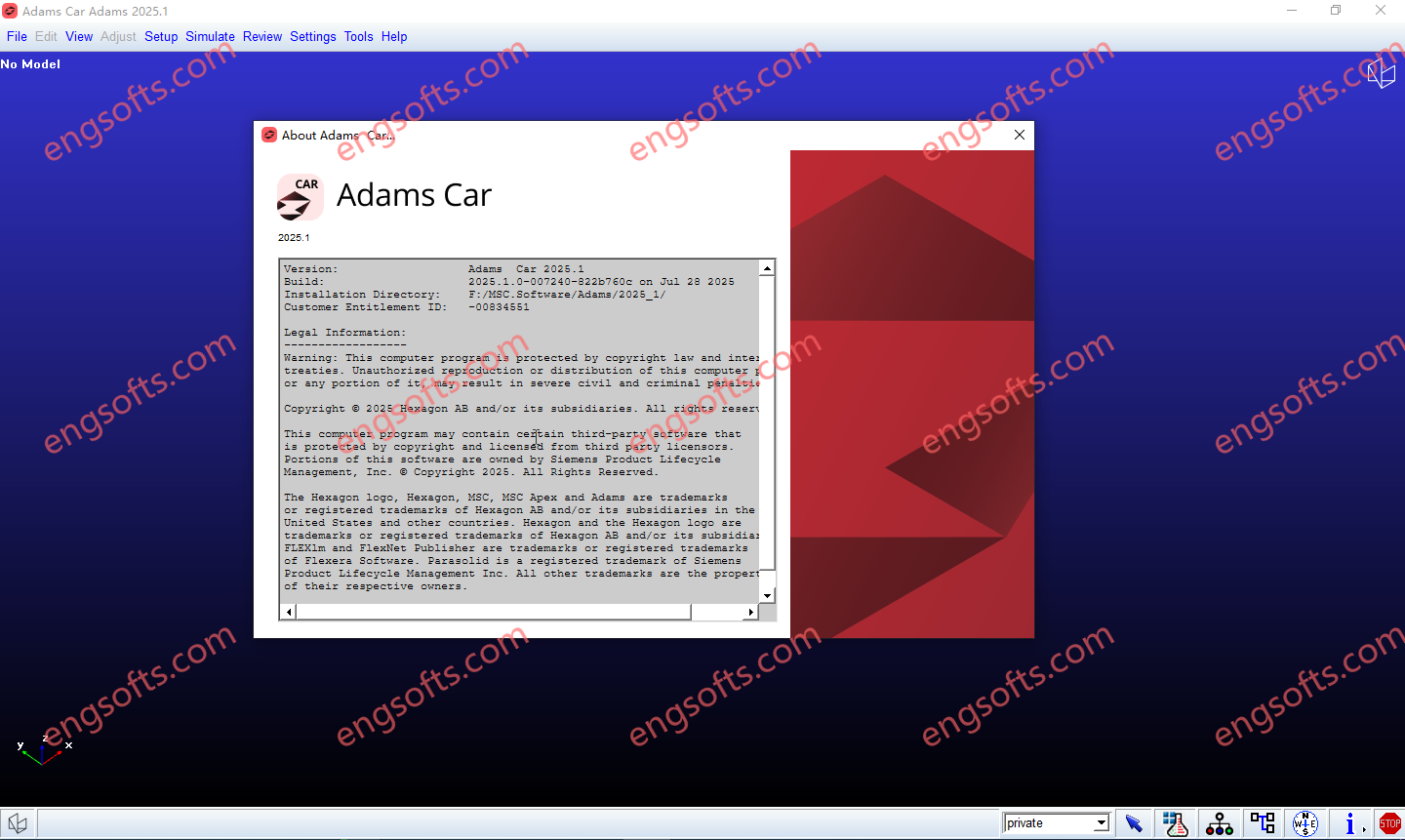

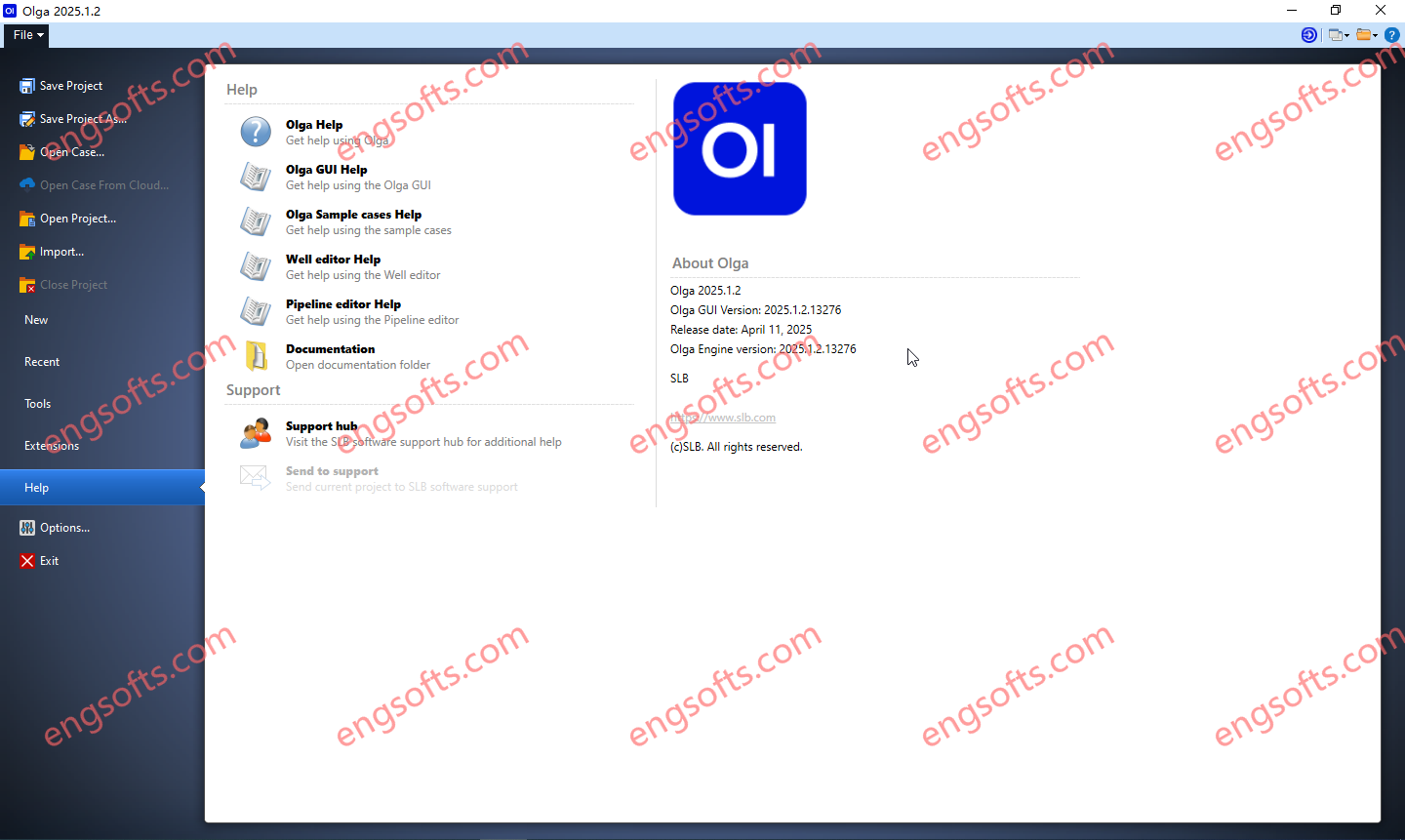
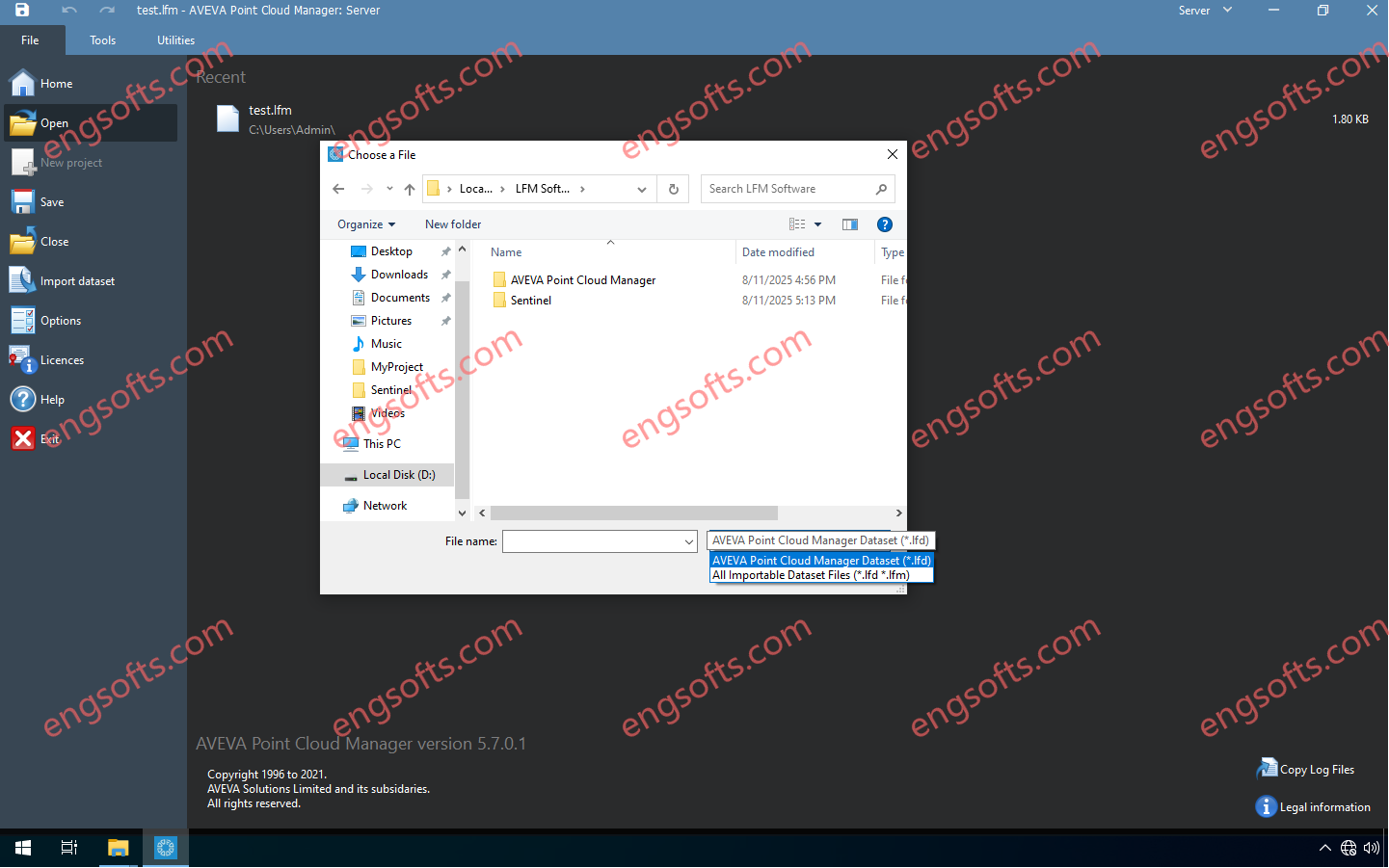
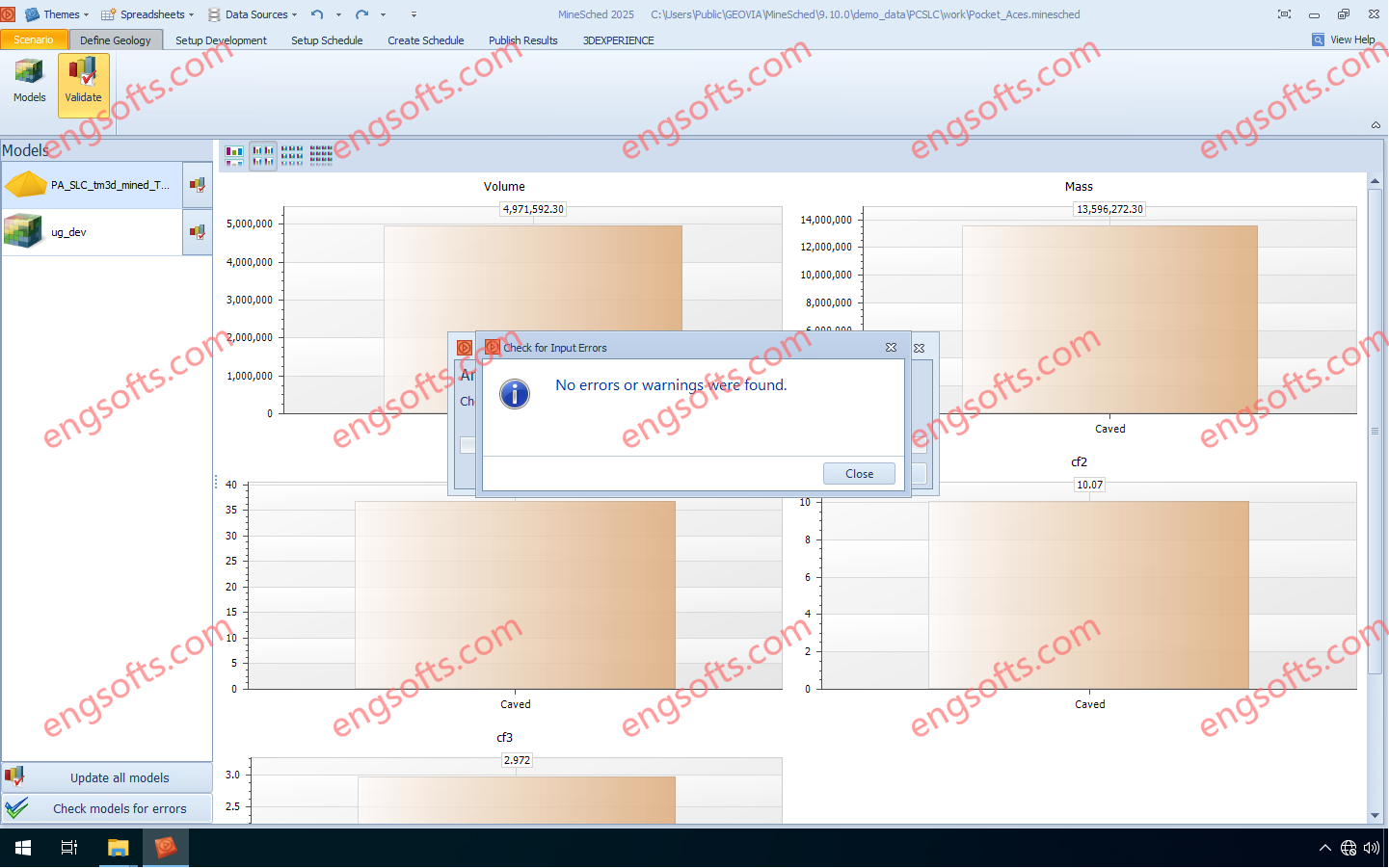
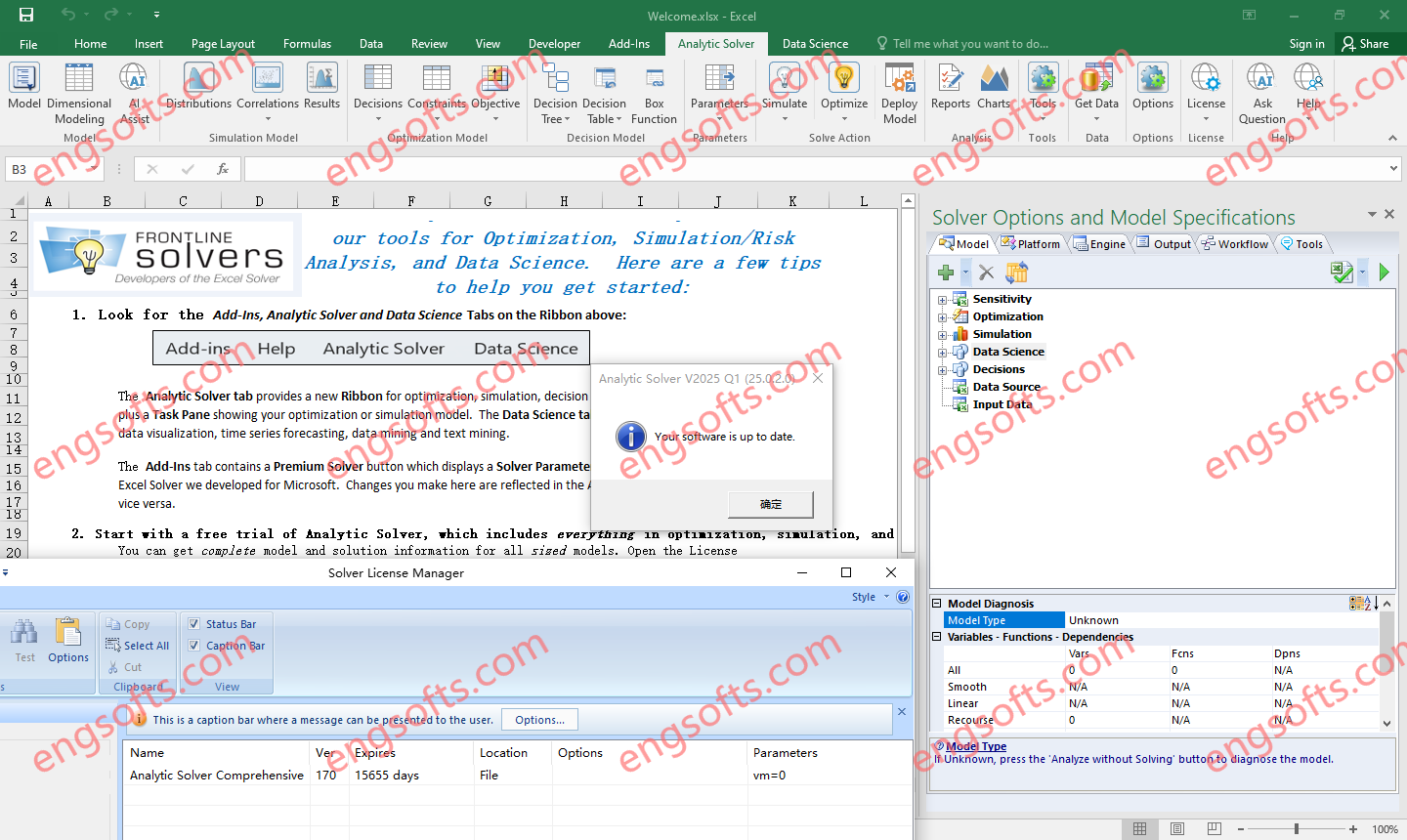
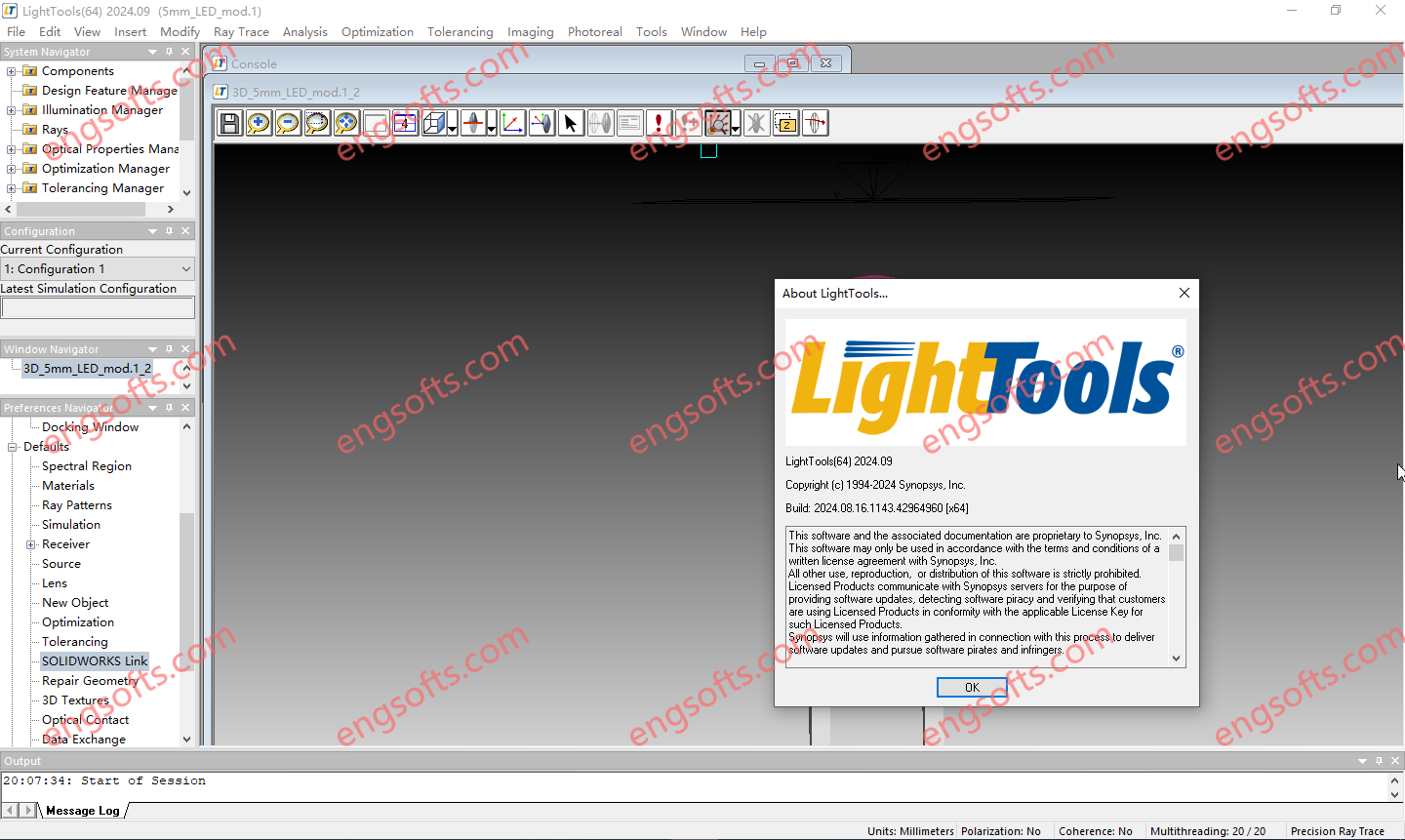
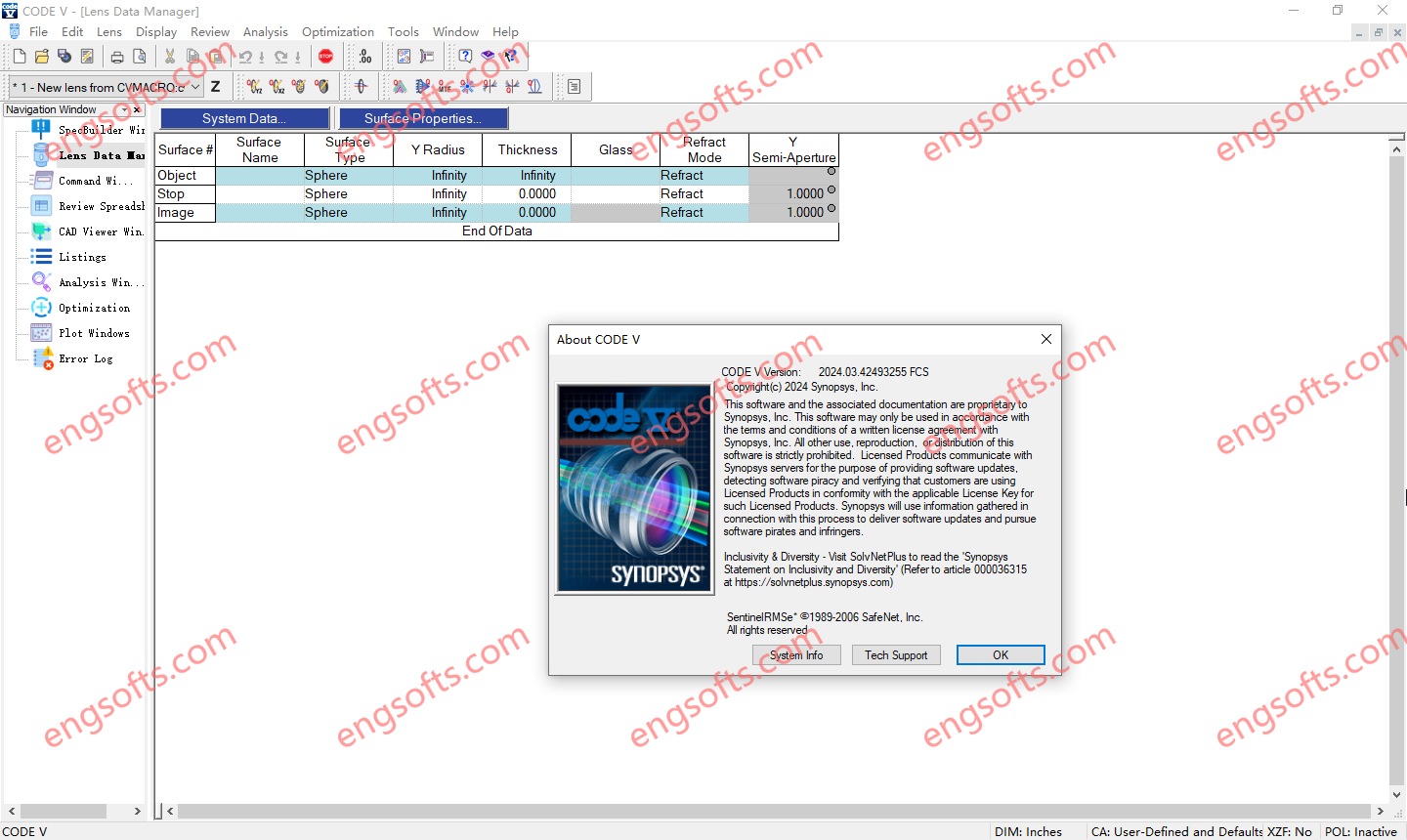
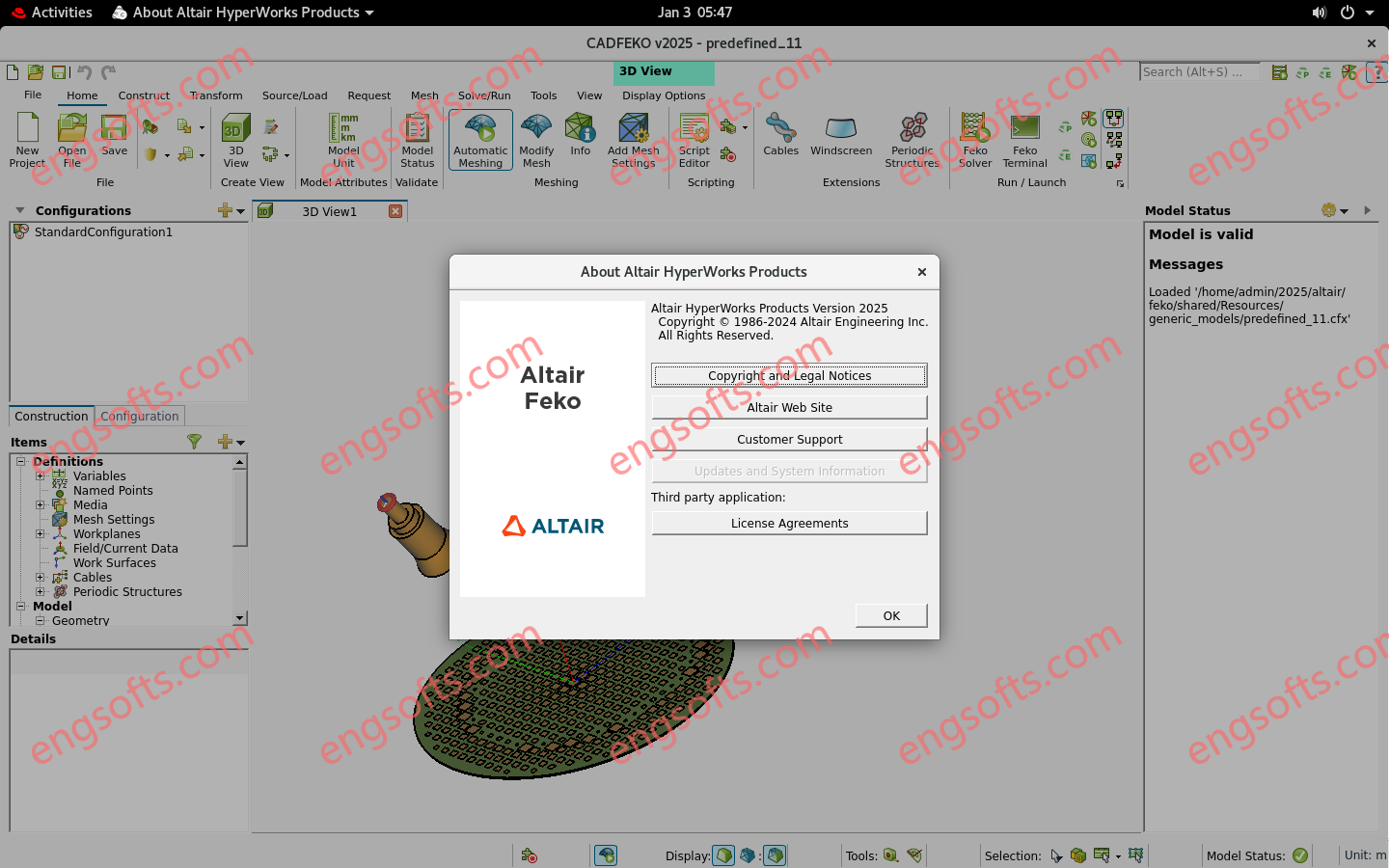
 ID:softmed
ID:softmed ID:956575828
ID:956575828